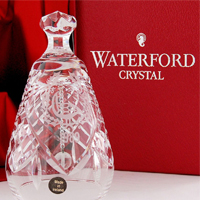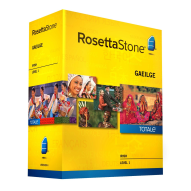Ancient Irish Weaponry
 |
The Royal Irish Academy in Dublin is home to a large collection of ancient Irish weaponry. From the Bronze Age there are many weapons including swords, skeans, spearheads, celts or axes, bridle-bits, spurs, chains, etc., as well as several pots, vessels, and other artifacts of the same period and material. The spearheads are of various designs and are often well ornamented and beautiful. The most common weapon used by the ancient people of Ireland seems to have been a kind of axe, commonly know as a celt. They are made of bronze and were used during the same period as swords and spearheads. The celt is approximately seven inches long, and several have been preserved that measure an inch and a half in thickness. Of the two kinds, the most common is flat and wedge-shaped, and has been affixed to the smaller end with a wooden handle. The other is hollow, with a small loop on one side, through which a string secures it to the handle. Ancient molds of sandstone, used to cast the swords, spearheads and celts, have often been found in Ireland.
Weapons of stone have frequently been found in every county in Ireland but they are especially common in Ulster. There are a variety of stone hammers, arrows and spearheads. The museum also contains a collection of stone hatchets, arrows, spearheads and knives of flint, besides a variety of other artifacts of stone belonging to a very ancient and unknown period.
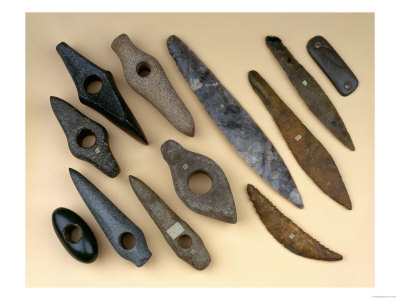
|
Among the bronze relics, a large number of horns or trumpets of great size are wonderfully preserved. Even though they were dated to the same period as the celts and other weapons from the Bronze Age, it has been decided that they were manufactured by the Danes when they invaded Ireland. It is documented that twelve were found together in a bog in County Cork. Ancient writers have recorded that the Gauls and other Celtic nations used horns and trumpets in battle, so it is more probable that they are not of Irish origin. There is a numerous variety of weapons, ornaments, vessels and other relics of the Pagan era preserved in the Academy, which show the craftsmanship in proportion to the skill of the period.
While public and private museums are filled with antiques formed of stone, earthenware, glass, bronze, and precious metals, very few weapons from the Iron Age have been found sufficiently preserved to that of museum quality. Although evidence to the lifestyle of the ancient Irish would be of value, Iron Age relics are few and far between. The major opinion on the capability of iron to resist decomposition, can, to a certain extent, be considered a fallacy. Proof of this is due to the fairly recent discovery at Loch Gabhair, near Dunshaughlin in County Meath. Uncovered were a considerable number of weapons and relics of iron, which are believed to be from as early as the eleventh century. These items were found in connection with articles of bronze and bone, in a style from the period of the Anglo-Norman invasion of Ireland.
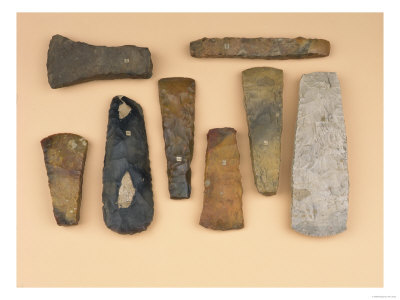
|
The Academy Museum contains many examples of swords, axes and spearheads, as well as other antiques of the time. Their preservation may be due to the fact of having been buried among a large number of bones, which formed a phosphate of lime, allowing only partial corrosion of the metal. There is also a number of swords and other weapons found near Island Bridge which crosses the River Liffey in Dublin. The swords are long and straight, made for cutting as well as thrusting; and the hilts are remarkable in form and, in one or two instances, are highly decorated. The mountings were usually brass but several were plated with silver, and one had a hilt of solid gold. The spears are long and slender, similar to the lance heads used by some of the cavalry. The axeheads are large and plain and were fitted with wooden handles, which have long since decayed.
All of these weapons, with one exception, are composed of a soft type of iron. Many of the swords were found purposely bent but the reason is unknown. One sword is remarkable for the large amount of ornamentation on its hilt and, because it is made of steel. Because of the relativity to the neighborhood in which these weapons were found, and from certain aspects of their style and character, they have been almost unanimously pronounced as Danish. This opinion was confirmed by the famous Danish antiquary, Warsaae, during a recent visit to Dublin.
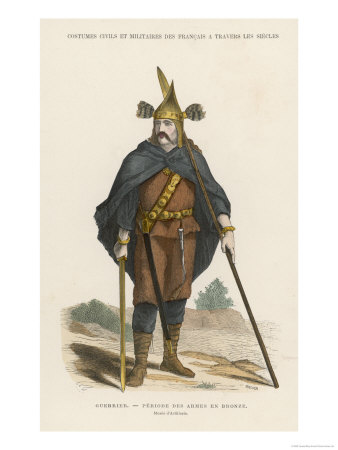
|
A visit to the Museum at the Royal Irish Academy will allow the patron valuable increased knowledge of the lifestyle and weaponry of the ancient Irish people.
Disclaimer: LittleShamrocks.com is an affiliate website that receives commissions from sales of the products listed. We have purchased and sampled many, but not all, of the products on these pages.
© Copyright LittleShamrocks.com. All Rights Reserved.



